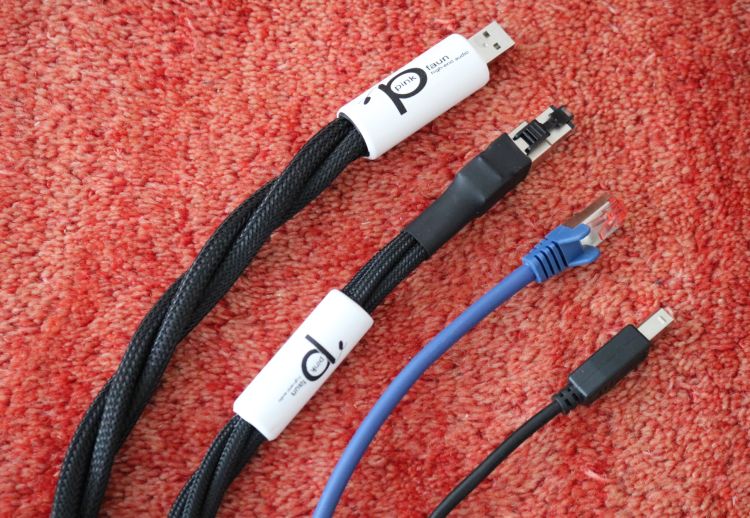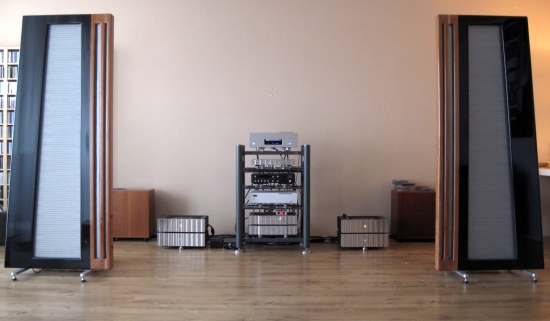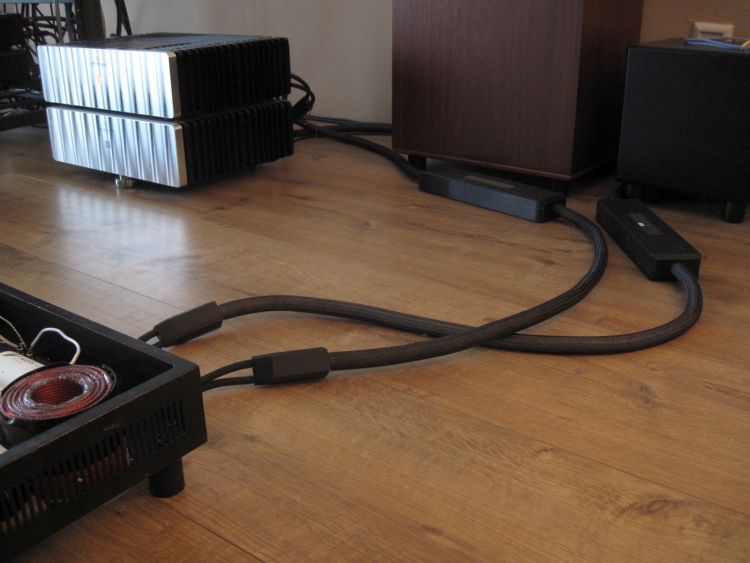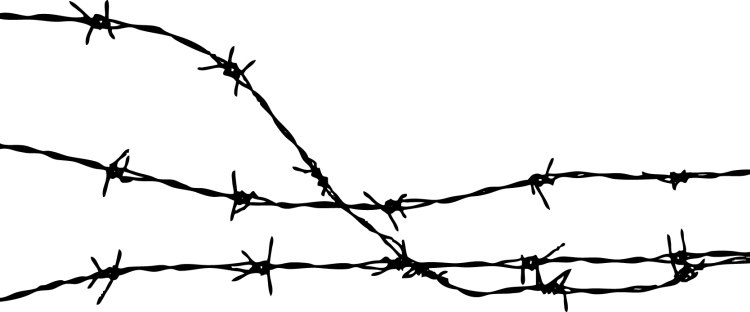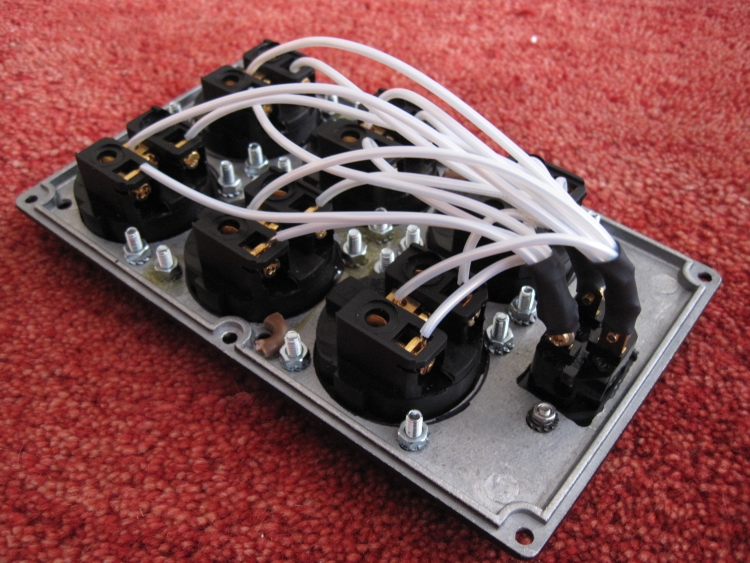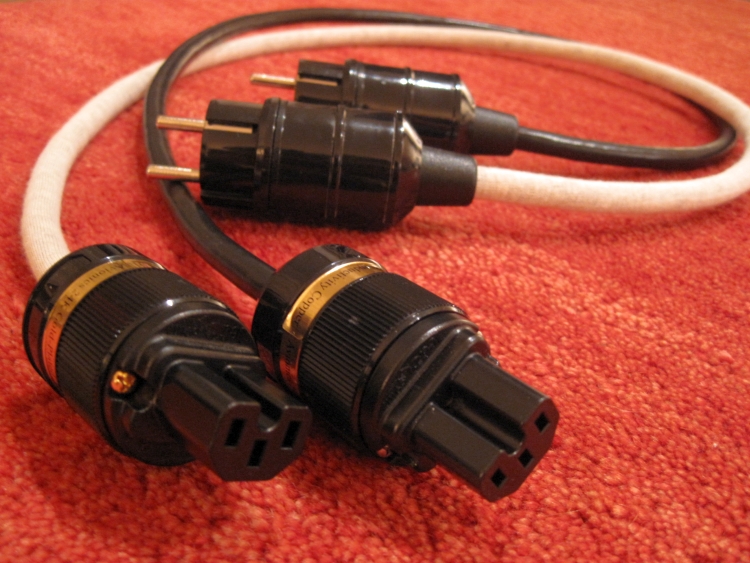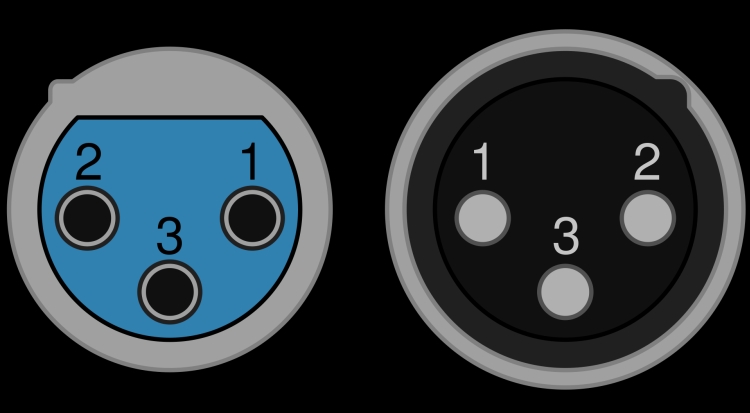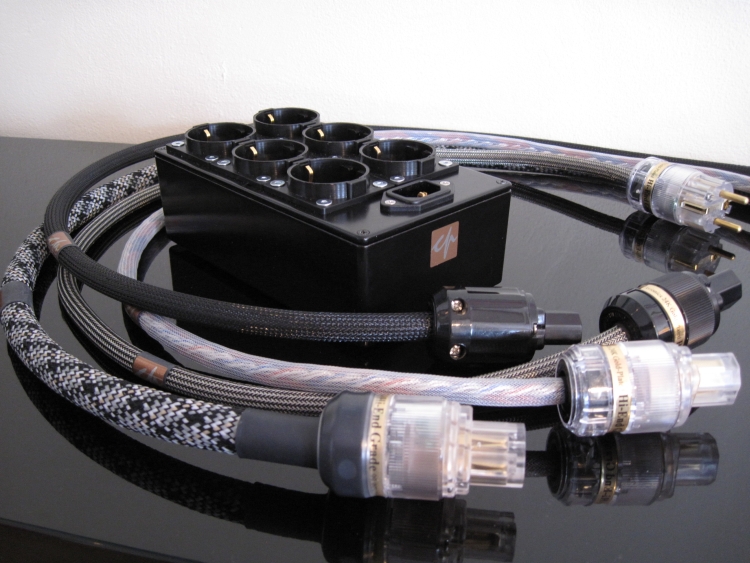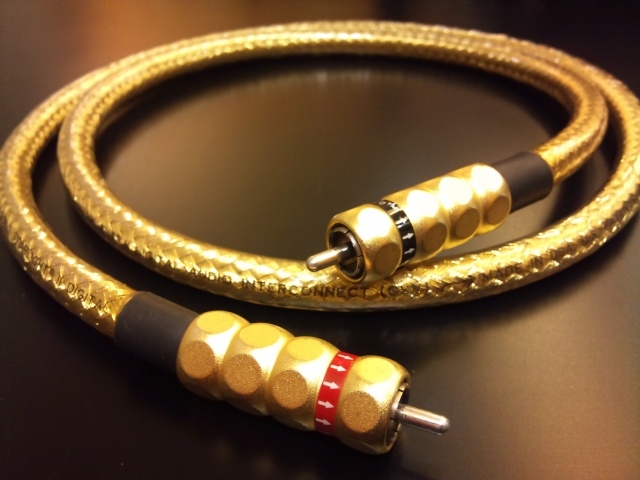
Best use a short lead? Or rather a minimum of 1,5 meters? Opinions divert
According to some, a power cable, but also a digital interlink has one defined perfect length, or should at least be a certain length. What’s true about this? Without getting too much into details, here’s a little theory first.
Theory regarding power cable length
Power cables also carry lots of disturbances besides the nice clean power. In the case of having a setup with several cables, and cables of equal length would be used, at least these picked up disturbances would arrive at the same time and thus would do less harm. In this case, you’d have the best focus and detailing while cables of various lengths would only diffuse the disturbances and hence the signals, resulting in less focus, more haze, and a more loose bass. That’s one theory.
A second possible explanation would be more obvious: the longer the cable, the more of its character shines through. This seemed to be confirmed in listening tests later, see below.
Theory regarding digital interlinks
There are people that say a digital cable always has to be at least 1 – 1,5 meters because of RF matters. There are in fact many complicated matters to digital sound that make an easy recommendation difficult. There’s even the possibility that many people (myself included) don’t completely understand everything about digital. But to stay with what we know: George Cardas says it as follows: “a length of 60-75 cm is best avoided because of common radio frequency antenna lengths. In general it is said that digital cables should be longer to form a proper transmission line, but in reality, you would never be able to make them long enough to cover all intervals.” And then he continues with a lot of theoretical stuff that is mostly beyond my comprehension.
Rather than to theorize, I’ve always been more of the “just listen” kind of school. I think that there are parameters in a cable that influence the sound much more than possible pickup of radio waves. All cables have a sound due to its construction and it is this sound that you either like or don’t like.
Power cables – In practice
Even though the theory says that the cables in a system should have equal length, I cannot confirm this by performing practical tests. In the reference-setup, I’ve performed several tests and they show that shorter power cables sound tighter and have more attack while longer power cables sound more fluid and more relaxed. This goes for all cables I tested so far and that includes the very different Lapp and Belden power cable.
Digital Interlinks – In practice
“The shorter the better” is still popular when it comes to cables, confounded by insane prices of some high-end cables, but in the digital world, matters are a little different.
The end result depends greatly upon the quality of the source and the receiver in the DAC. And even though die-hard technicians would claim otherwise, reclocking doesn’t make the DAC impervious to the quality of the input signal. This is something I have tested over and over again with a lot of different sources and DACs.
One DAC can be very sensitive to the quality of the input signal (jitter) and can, therefore, be more reactive to a longer cable whereas another DAC can be relatively immune to it. Despite this, I have not been able to discover a difference between 50cm and 150cm cables. I do however find that a very long cable makes a difference, and usually for the worse. A digital cable carrying SPDIF can be 15 meters without any obviously discernible loss. This is however very much circumstance related and also depends greatly on the quality of the sender- and receiver modules. The extreme example of 15 meters can be a harder load to drive in certain circumstances and transients can become softer than with the same cable type in a shorter length. I’ve experienced this when connecting a PC that was in a different room. Surely there was nothing wrong with the sound via the 15-meter long Belden RG59 coax cable but when I moved the PC closer and used a 2-meter cable instead, the sound became much more rhythmic and the bass was much tighter and articulate.
Even though DACs usually lock perfectly fine even when using lengths well above 10 meters, there usually is a degrading of the signal. Edges are softer, dynamics are rounded off and there’s some overall lack of energy. This has been noticed with the following DACS: Wadia 861, Audiomeca Enkianthus and the DCS Purcell/Delius combo. But these losses are of a friendly nature: the sound becomes softer and more relaxed but not necessarily less enjoyable, depending on your personal setup and taste.
USB cables
USB cables are one of those accessory types that divide opinion. There are plenty of music lovers that do not believe that USB cables could or should make a difference at all. From personal experience, however, I can attest to the fact that they most surely do. I’ve not carried out experiments comparing USB cable length, but just like analog cables, USB cables can have a certain “sound” that varies from brand to brand. There are warm and smooth sounding brands and clean, articulate sounding brands, and really anything in-between. Just why this is possible? This is subject to much debate and I don’t have an answer to that I’m afraid. Mad Scientist Audio doesn’t really offer any explanation but they did notice that when making a 2-meter cable on request for a reviewer (cough – that would be me – cough), that this cable sounded better than the 1-meter cable. The carried out further experiments with other lengths and it quickly turned out that the 2-meter length sounded best. There is some more interesting info about this on their Mad Scientist website so be sure to check that out.
Bottom line
With power cables, it remains a matter of just trying it out. Different setups may require different “optimal” lengths of cable and personal taste is always a factor. For digital interlinks, it is more clear-cut: 1 or 2 meters doesn’t make any difference and very short cables don’t have any advantage so I’d stick with at least a meter, or 1,5 meters, if you swap your components around frequently, as I do:-)
